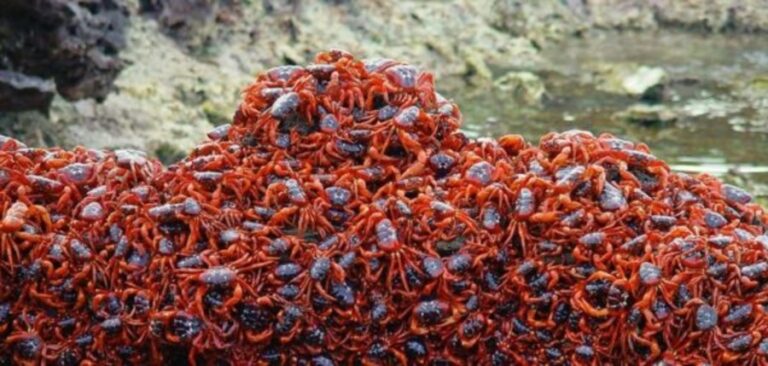
Northern Ireland’s largest lake has become a green nightmare. A toxic algae Cyanobacteria bloom is choking Lough Neagh, sparking public outrage and raising fears about the safety of drinking water for hundreds of thousands of people.
What are Cyanobacteria and Why Are They a Problem?
Cyanobacteria, or “blue-green algae,” are photosynthetic bacteria vital to ecosystems but can cause problems by forming “harmful algal blooms” (HABs).Despite the name “blue-green algae,” they are a type of bacteria, not a true alga. They are important in aquatic food webs and can perform nitrogen fixation, making atmospheric nitrogen available to other organisms.

Under certain conditions (warm, calm, nutrient-rich waters), cyanobacteria can rapidly reproduce and form blooms. Some species of cyanobacteria produce potent toxins called cyanotoxins, which are dangerous to humans and animals.
Exposure to cyanotoxins can cause:
- Gastrointestinal problems: Nausea, vomiting, diarrhea.
- Skin irritation: Rashes and other skin reactions.
- Neurological issues: Tremors, tingling, or even paralysis.
- Liver damage: Hepatic toxicity.
Pets and livestock can become severely ill or die after drinking water with cyanobacteria blooms. Dying blooms consume dissolved oxygen in the water, which can lead to fish kills. Blooms can impede recreation, and cause foul odors and discoloration in drinking water and seafood.
The cyanobacteria bloom in Lough Neagh
The cyanobacteria bloom in Lough Neagh has persisted and expanded dramatically over recent years. The most difficult period occurred in 2023. The bloom has since become a recurrent and sustained issue, affecting the vast majority of the lough and impacting water quality across a broader region.
While blooms occur seasonally, decades of nutrient pollution have created conditions for intensified blooms. In the summer of 2023, Lough Neagh experienced its largest and most persistent harmful algal bloom on record, an event described as “unprecedent. The bloom has continued into subsequent years, returning in early 2024 and recurring with force during the summer of 2025. The bloom in 2023 was so widespread that satellite imagery showed the entire lake covered in green. The 2025 bloom is described as once again stretching along much of the shoreline. The spread of the bloom also affects the Lower River Bann and has reached coastal bathing waters. The lough takes on a “pea-green” colour, with visible swirls .
Concerns About Drinking Water Supply

Lough Neagh is a critical water source, providing approximately 40–45% of Northern Ireland’s drinking water to about 750,000 people. This
includes supplying about half of the water for Belfast.While Northern Ireland Water maintains the tap water is safe due to robust treatment processes, the blooms risk contamination from cyanotoxins and require more intensive and costly water treatment measures.
If Lough Neagh can be considered the environmental and cultural ‘heart’ of Northern Ireland, with the recurring severe pollution caused by toxic blue-green algae, it is now facing a cardiac arrest.Said,Mark Horton All-Ireland Director of The Rivers Trust.
The Protest Rally

The most recent rally at Lough Neagh to protest the spread of toxic cyanobacteria took place on Monday, August 25, 2025. Dozens of protestors gathered to voice their concerns over a perceived lack of action regarding blue-green algae and pollution.
The algae has been detected more than 100 times across Northern Ireland this year, with the majority of sightings in Lough Neagh and the Lower Bann, as well as Lough Erne. The group Save Lough Neagh organised the protest on the banks of the lough.
Campaigner Patsy O’Malley Boyd said it is with a feeling of sadness that the group has had to turn out again and that there has been “no change” in the state of the Lough.
Solution
Solutions for the cyanobacteria (blue-green algae) in Lough Neagh involve a comprehensive, long-term approach to reduce nutrient pollution from agriculture and other sources, supported by technology to monitor blooms and innovative treatment methods. The Northern Ireland Executive’s action plan includes initiatives to manage livestock slurry, improve farm practices for targeted fertilizer use, and develop technologies like satellite monitoring and bubble barriers to mitigate the problem.
The voices rising from the shores of Lough Neagh are a testament to the power of community action. Their fight for clean water and a healthy environment must be heeded, inspiring lasting change and safeguarding this vital resource for future generations
For more such informative articles stay tuned at The World Times.



